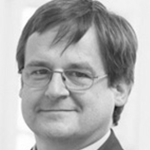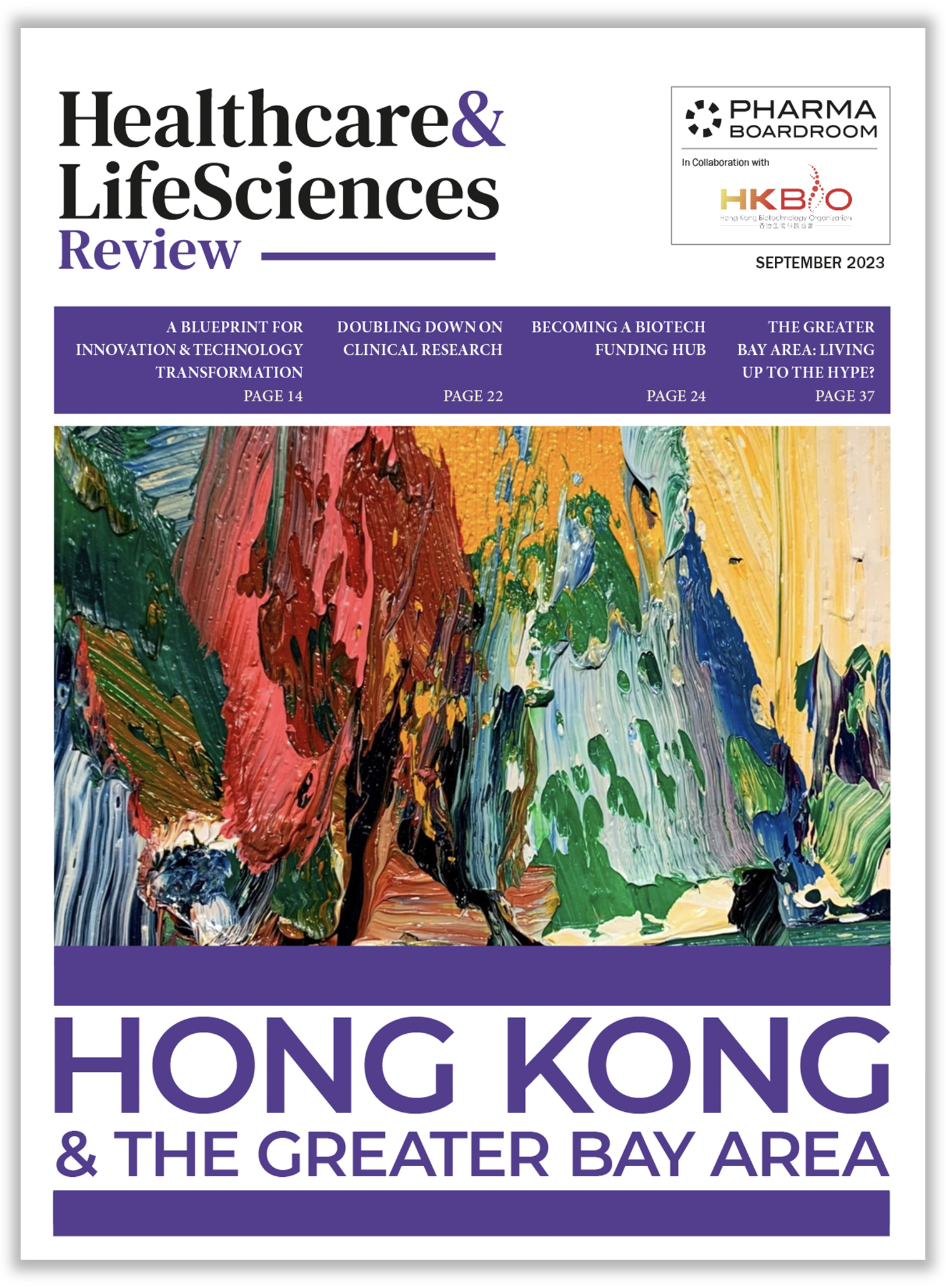Dr. Wolfgang Harrer, regional manager of Chiesi Central and Eastern Europe (CEE), discusses the challenges of managing the region’s diverse cultural differences and the importance of CEE within global operations. Furthermore, he points out the factors influencing the influx of innovative drugs into Austria, especially in rare diseases, and highlights what makes Austria an attractive regional hub for global companies.
As the regional manager, what is the current mandate of Chiesi’s Central and Eastern Europe (CEE) regional office in Vienna?
In 2001, Chiesi acquired a small local Austrian player and since then Vienna has been home of the company’s regional operations. We are directly present in Austria, Hungary, Slovakia, Slovenia, Bulgaria, Romania and Czech Republic, as well as controlling through partnerships the distribution to the Baltics and Balkans and Commonwealth of Independent states (CIS) region. Until recently we equally controlled Russia and Poland, but due to their growing size within global operations, these nations now report directly to headquarters.
In 2016, the company achieved 4.9 percent growth in Europe and reached 1.5 billion EUR (1.8 billion USD) revenue for the first time. How have these results translated into the CEE region?
Over recent years Chiesi has grown into a global company and has experienced some very encouraging patterns of growth. The company’s legacy product Foster®, used to treat asthma and COPD, has been a strong driver over the last ten years and has boosted the global development of the company. This has allowed Chiesi to explore global powerhouse markets, such as the US and China, and thus far they have gone from start-ups to company leading markets.
In the CEE region we are unable to compete in sales numbers due to population differences, but the region is responsible for the area of Europe that over the coming decade will deliver larger growth than the mature European market. Our role in Vienna is to transfer the company’s global strategies into the fragmented market we control.
[Featured_in]
Thus far we have done a great job in doing so. Foster® is the leading product in its therapeutic area in Hungary, Slovenia, Bulgaria and Austria. These smaller markets give us flexibility in our operations, which helps us manage the cultural complexity of the CEE region. Our role in Vienna is to manage the various countries in marketing and commercial distribution; therefore, ensuring stock levels are kept sufficient over such a large geographic area in a multitude of national trade dress is another challenging obstacle.
How important is the CEE region globally for Chiesi operations?
Within the region, mainly eastern Europe, Chiesi is conducting clinical trials. The excellent work that our teams are doing we hope will continue to attract the eyes of headquarters when global R&D allocate their trials.
The region itself has huge potential due to its large total population, though this can be said other Chiesi markets; US, Russia and China. The CEE region specifically brings stable growth as countries between themselves bring balance; one CEE member may experience decreased growth while another may rise, resulting in overall stability. However, having a leading position in terms of market share with the most important corporate product is giving us a chance to add value by quality of marketing and sales to the global experience
Austria within the region you control is considered one of the more developed healthcare systems. What are the advantages of launching innovative products onto the Austrian market?
Over the last five years, Austria has experienced some unfortunate changes with regard to market access. The reimbursement authorities have made it increasingly difficult to navigate the system for innovative drugs and Austria is currently at risk of losing its leading position in providing the best possible healthcare to people. Recently some of our applications have been rejected; others obtained – for incomprehensible reasons – prices, which were unacceptable.
Nevertheless, Austria is well developed compared to other countries within Europe, also for the strong support of its healthcare system by the pharmaceutical and medical community.
If funding is such a concern within Austrian healthcare, what can be done to make the system more efficient, therefore allowing the introduction of more innovative treatments?
[related_story]
Austria has always had a very complex healthcare structure, which in the past delivered world-class healthcare to patients, and continues to do so. The issues with such complexity is there are a lot of resources – that at the end of the day – are being distributed in an inefficient way. For example, hospitals are managed at the regional level. Every regional politician wants to invest heavily in hospitals; therefore, Austria has an oversupply of hospitals and this area of healthcare is inefficient. Furthermore, Austria lacks centers of excellence for specific therapeutic areas, that would contribute to decreased spending in the hospital sector. This overspending has led to searching for the lost investment in other areas, with the retail sector being more and more impacted.
Which therapeutic areas of medicine do you see evolving in the future?
Firstly, personalized medicine. Nowadays there is an overriding need to standardize all processes. In Austria, physicians are losing more and more the flexibility to decide which drugs to give to patients; they are told when and what to give patients. What the medical community is learning from R&D advancements is that individual patient treatments are the way forward, the opposite of what has been pushed for so many years.
Secondly, rare diseases, a therapeutic area Chiesi has positioned itself. The company has gained very strong support from the Austrian medical community, though this is not the case from all stakeholders involved. Chiesi has only been pushing rare disease treatments in Austria for two years, so I am optimistic that over the long-run things will change as patients require our innovative life-saving drugs.
How can Chiesi CEE lead from the front and attract other companies to position their regional headquarters in Austria?
Our success is a good example, and Austria is an excellent location to position regional operations due to its size. It is important when choosing a regional hub to not to select such a large nation as domestic operation would garner most of the focus, rather than equal concern for each individual member of the region. Austria in this regard is excellent at providing this neutral playing field. Vienna is a liveable city that offers a good quality of life and may be attractive for qualified employees. Furthermore, if the EMA is relocated to Vienna, we will see more companies positioning themselves here.
Where does Chiesi CEE go from here as we look forward into the future?
I am sure the company remains family owned as we are not looking to please investors, but aiming for long-term goals. Therapeutically, our objective in the CEE region is to be the leading respiratory company by continuing the great success of Foster® and in the near future Trimbow®, an important new therapy for the treatment of moderate to severe chronic obstructive pulmonary disease (COPD). Furthermore, we want to continually develop the company’s influence in the rare disease community and gain market access of our products in this field of medicine. Overall the company within the CEE region has built an excellent, stable base to build from as we stride forward into the future.







